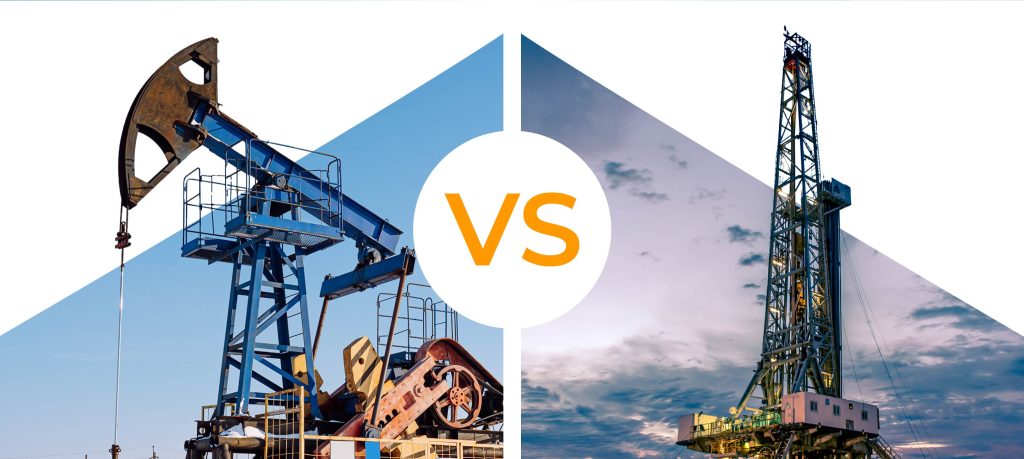The Oil and Gas industry is always searching for better, more effective strategies to improve the extraction of oil and natural gas. The two most common methods of extraction are drilling and fracking. But how do they differ? At Automation Products Group, Inc. (APG), we provided this handy guide on differentiating the two methods and how several of our industrial sensors can be a great fit in the industry.
What is Drilling?
Drilling is creating a well to extract oil and natural gas from underneath the earth. As the well is drilled, steel tubing or casing is inserted into the well and then cemented into place to stabilize the walls. This cement also protects the surrounding groundwater from being contaminated by containing the materials used in drilling inside the well. The resources are extracted with pumps, which pump them into containers.
What is Fracking?
Fracking, also known as hydraulic fracturing, is done to further extract resources from an already-drilled well. Fracking is a method to extract oil and natural gas from tight rock formations deep underground that aren’t accessible through traditional drilling. Water, chemicals, and sand are injected into the drilling well at high pressures. This factures the rock, and the sand holds the fractures open for the desired resources to flow out. High-pressure water then is used to move the resources to the surface for collection.
Preventing Groundwater Contamination
With fracking and drilling, there’s a concern with keeping the groundwater and surrounding environment protected from contamination. Chemicals are used to both lubricate the drill bit and to fracture the rock. As the pumps extract the desired materials, be they from drilling or fracking, the water coming back up to the surface can be filled with chemicals that aren’t environmentally friendly. Pits and tanks are used to contain the contaminated water, lined and protected to keep the groundwater free from harm.
How APG Sensors Assist in the Industry
The oil and gas industry has some of the most demanding conditions for industrial sensors: high temperatures, high pressure, dust, intense vibration, and volatile atmospheres filled with explosive hazards. Rugged and reliable sensors are a must-have for success, constructed with features such as intrinsically safe wiring and explosion proof housings to ensure safety on the drill site.
There are many different ways industrial sensors from APG can help with the drilling and fracking processes:
- Pressure sensors provide vital pressure measurement to cement trucks by monitoring the pressure of the cement mix.
- Level sensors for tank measurement systems are used in tanks holding fracking chemicals, the water used for fracking, and wastewater.
- Our RPM resistive level transmitters are used for mud tanks in oil and gas drilling.
Special Mention: The Sturdy Hammer Union Pressure Transmitter
The hammer union pressure transmitters are the star in oil and gas applications. These sensors can quickly connect pipes without being tightened with special tools—only a hammer is needed to tighten it in place. This ease of set up is essential in the rapid assembly and removal of a drilling rig. Hammer union pressure transmitters can handle the high-pressure environment that comes with drilling and fracking. APG’s models can withstand pressure ranges of up to 20,000 PSI and are intrinsically safe. With IP67 and IP65 enclosure rates, these sensors are resistant to dust and water ingress.
With all these different sensor options, there’s an APG sensor perfect for your oil and gas application. Reach out to us today to get started!
WRITTEN BY

Sami T.
Sami Thompson is APG’s Marketing Technical Writer and has been with the company since 2022. With a master’s degree in English from Utah State University and a 40-page thesis publication under her belt, Sami has a demonstrated strong writing background. In her free time, Sami enjoys reading and birdwatching.
COLLABORATING AUTHOR
Steve P.
Steve Pond is APG’s newest Territory Sales Manager for the Rocky Mountain Region. He enjoys helping customers find the right solution, regardless of the industry. In his spare time, Steve enjoys playing/watching sports, fly fishing, and spending time with family..


